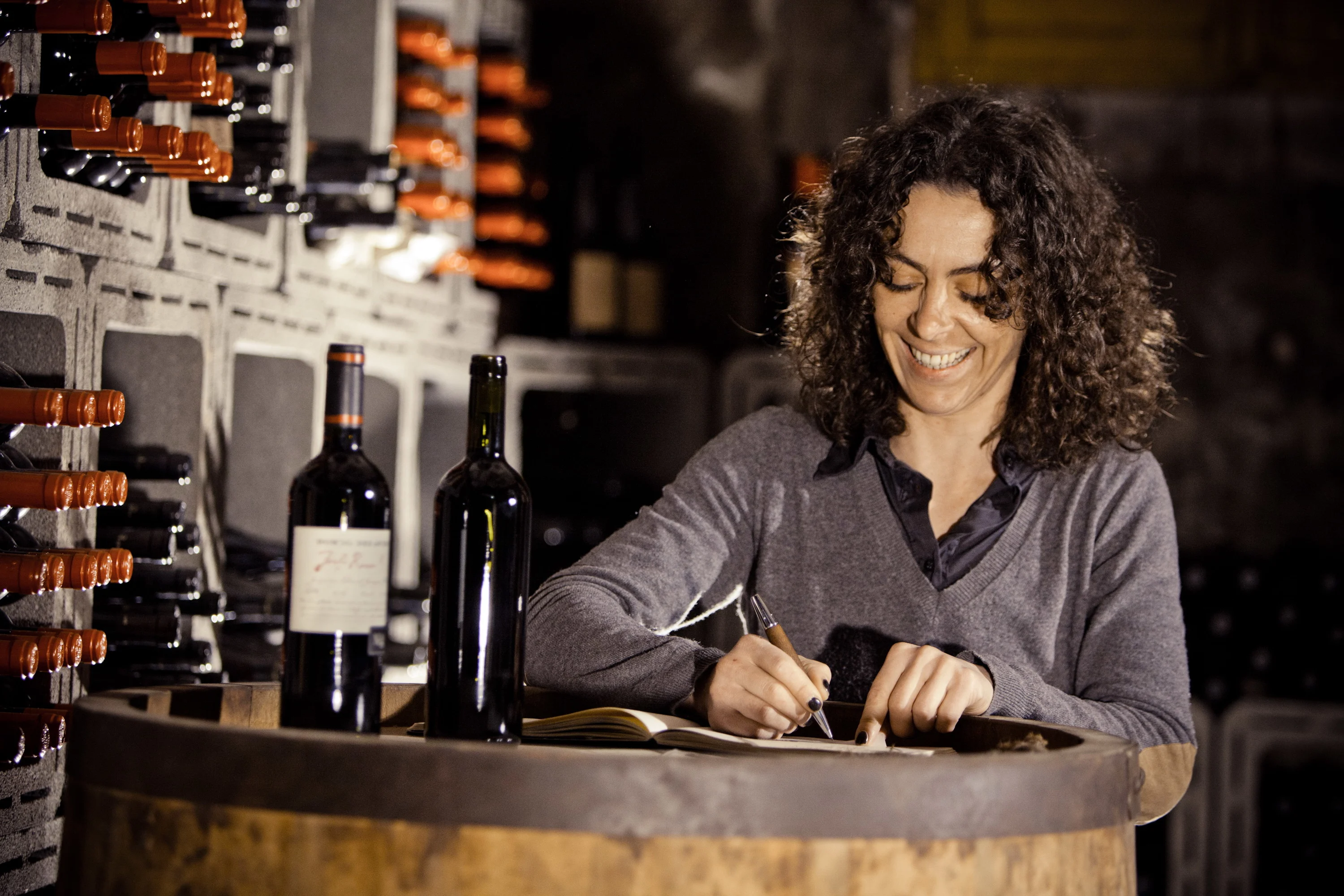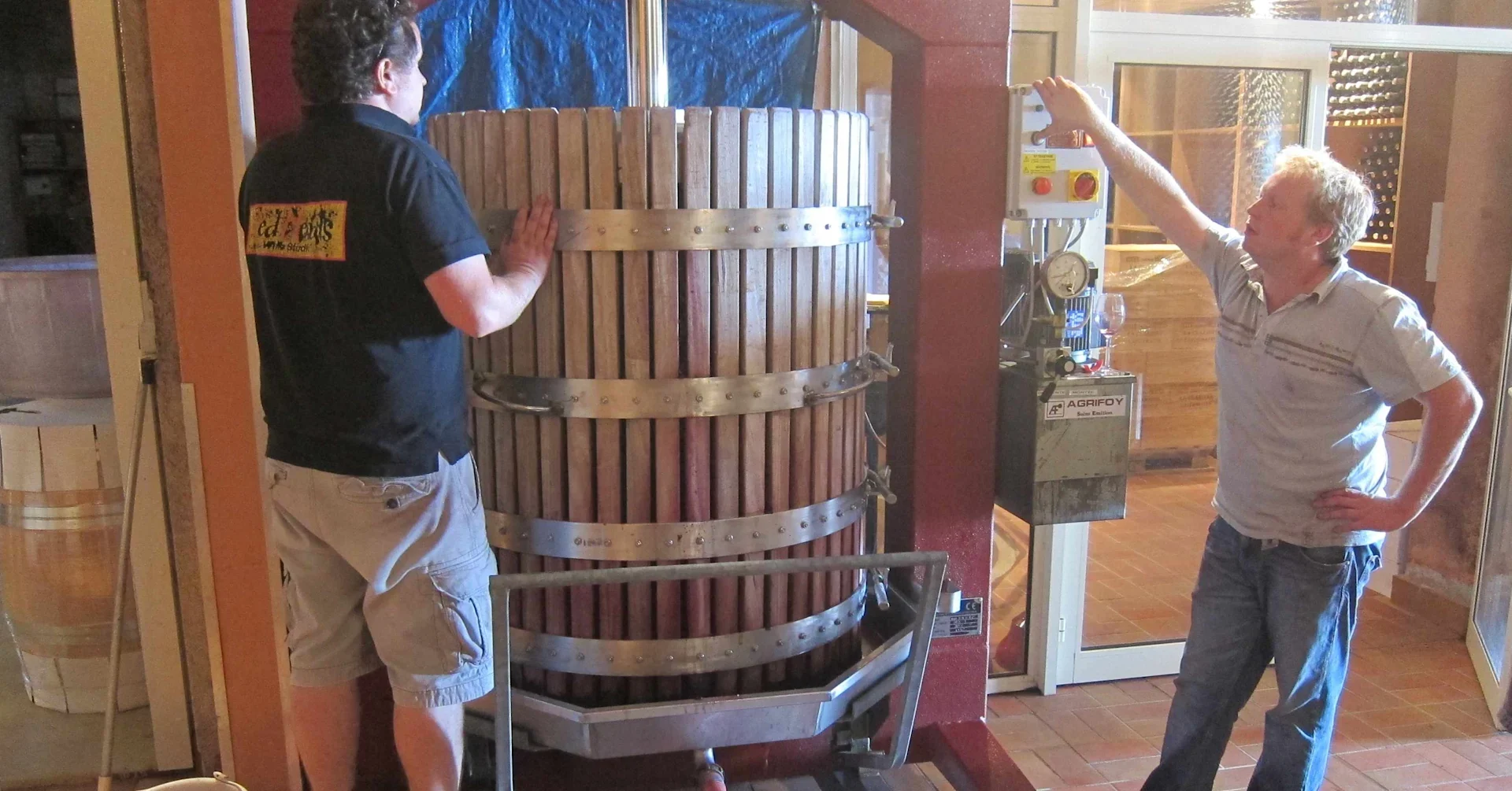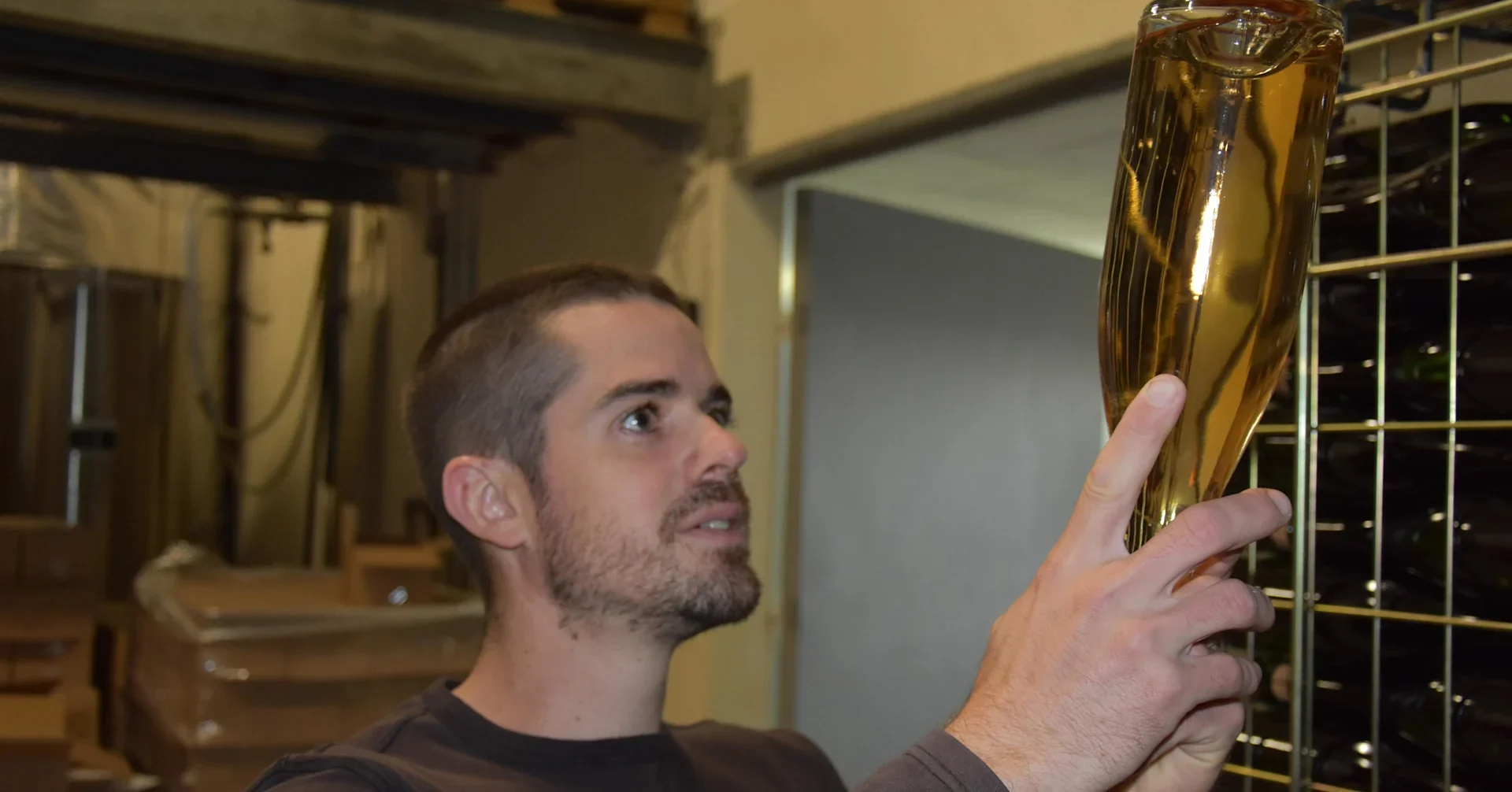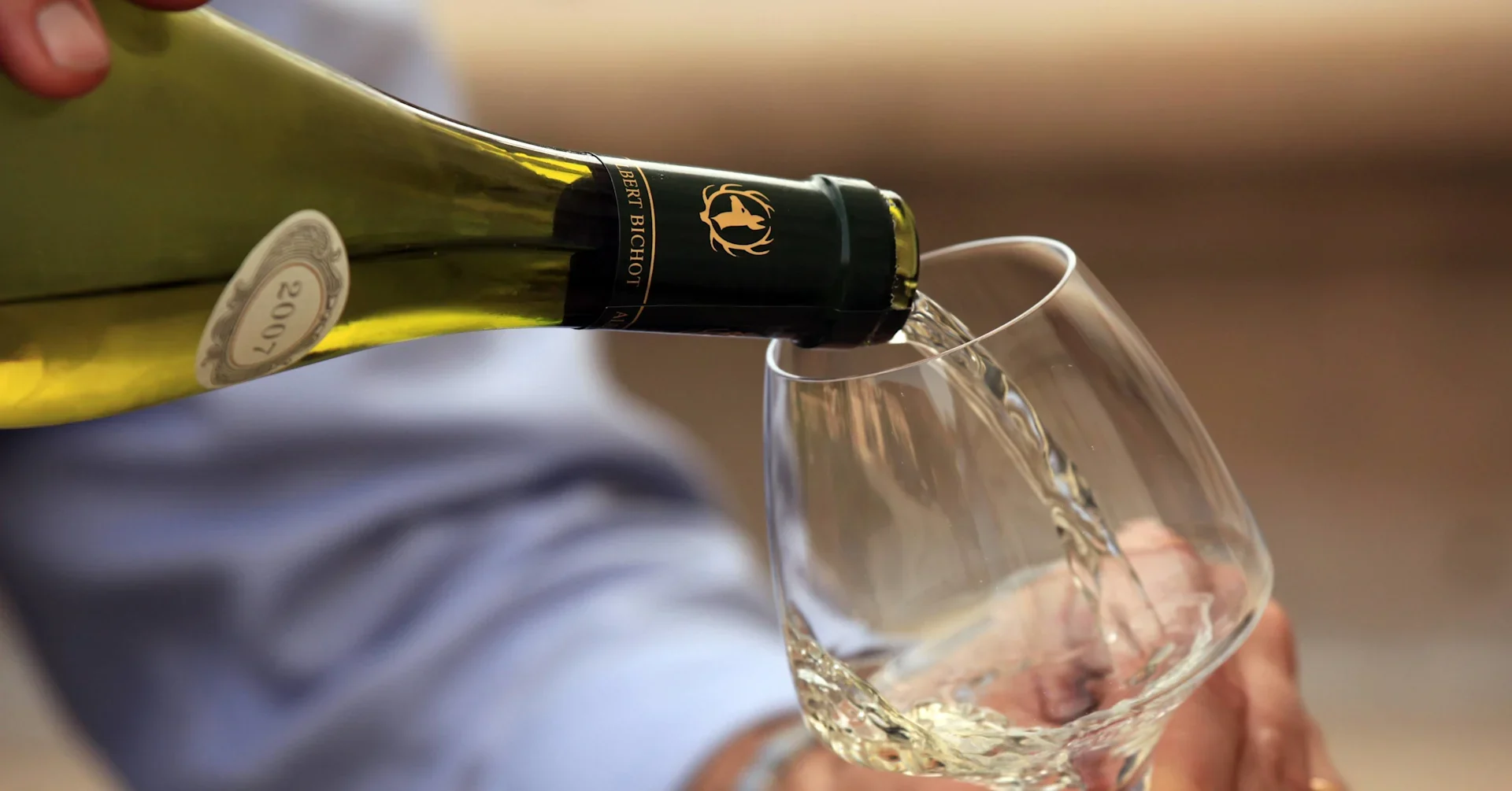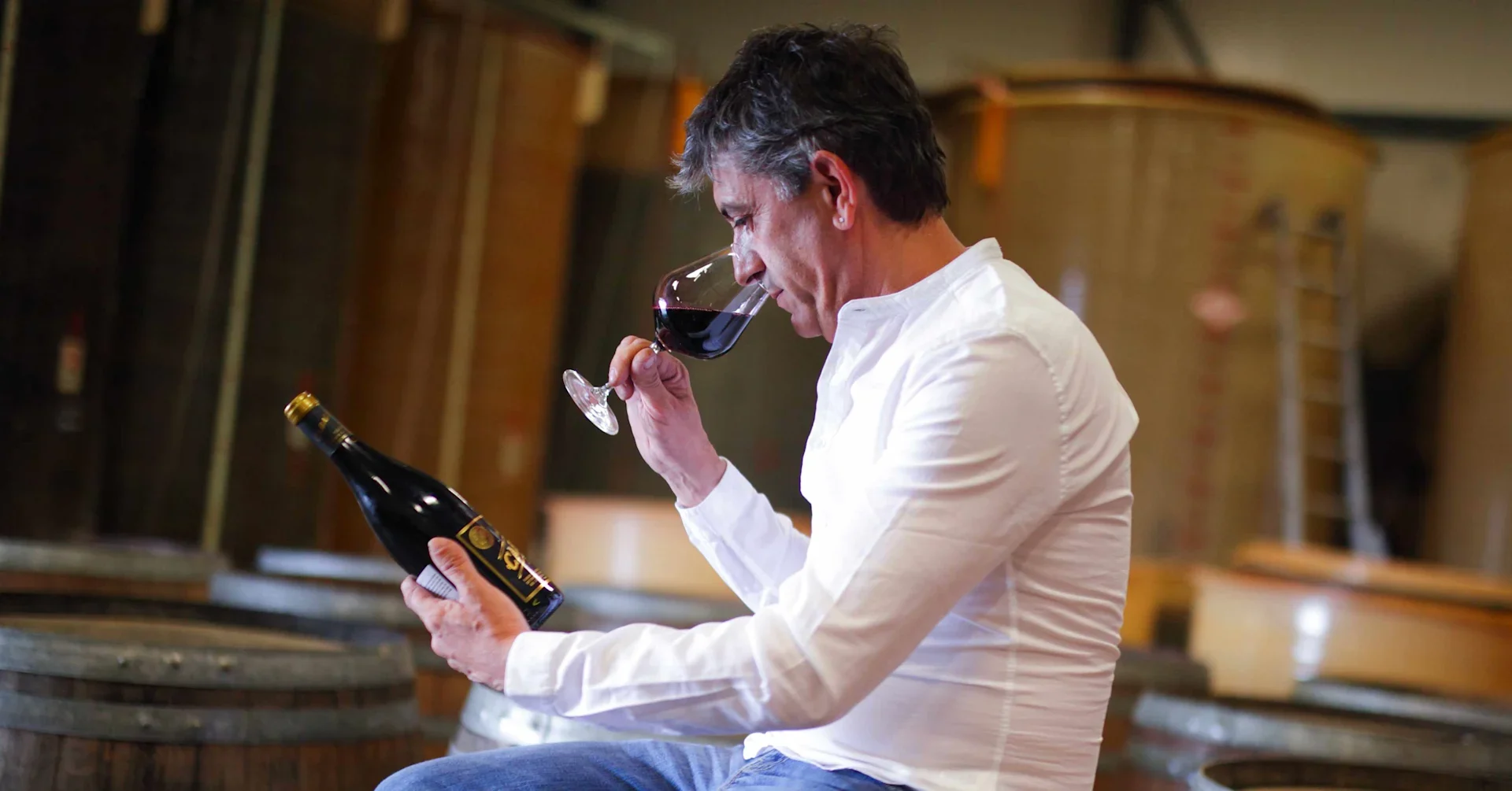Red WineWhite WineRosé WineFortified WineSparkling WineFine WineThe Christmas ShopDon’t miss our bestselling Christmas case!Stress-free Christmas gifting starts hereFind the perfect wine for Christmas DaySAVE up to £154 on the Christmas Party MixChristmas wines for less than £10SAVE £81 on the Luxury Christmas Showcase30% OFF limited-edition Tawny PortRevered 11-year-old Médoc for just £10.99 a bottleClassic, top-quality wines from renowned estates – 25% OFFSAVE 50% on Gold-medal Decelle Frères Champagne Christmas Essentials – just £8.32 a bottleFind the perfect Christmas gift hamperFestive fizz favourites from £6.99 a bottleGive the gift of wine this ChristmasSAVE £16-a-bottle on Gold-medal, 96-point Bollinger ChampagneRed WineWhite WineRosé WineChampagne & SparklingFine WineBin Ends View All OffersMixed CasesMedal WinnersBestsellersTop RatedOnline CataloguePale Provence Rosé classics with 20% offTop-value Pinot Grigio perfection – just £7.99 eachOcean-fresh Portuguese whites – just £7.99 a bottleSumptuous Reserve Port with 20% OFFAll-time bestselling Black Stump – from £8.99 a bottleFestive favourites in The Christmas Party Mix – up to £154 OFFSave £15-a-bottle on Laurent-Perrier La Cuvée ChampagneYour No.1 family of Italian Black Reds – just £9.99 a bottle30% OFF Rhône reds – includes luxurious Châteauneuf-du-PapeSAVE up to £123 on Portuguese Black RedsRed WineWhite WineRosé wineChampagne & SparklingDessertFortifiedWine BoxesMiniaturesHalf BottlesMagnumsView All WineFranceItalySpainPortugalAustraliaNew ZealandBordeauxBurgundyCavaChateauneuf Du PapeMargauxRiojaBeaujolaisChablisSancerreNapa ValleySauvignon BlancPinot GrigioMerlotMalbecPinot NoirChardonnayCabernet SauvignonNo and Low alcoholNew ArrivalsBeyond the Wicket by Stuart BroadRiojaProseccoCabalieChampagneNew Zealand SauvignonThe Kew Series by LaithwaitesWhispering AngelRed WineWhite WineChampagneEnglish SparklingDessert Wine*NEW* Bordeaux 2024 En PrimeurBurgundy 2023 En PrimeurBordeaux 2023 En PrimeurFine Wine HubView All Fine Wine Up to £5.99£6 - £7.99£8 - £9.99£10 - £14.99£15 - £24.99£25+RedWhiteRoséSparklingBestsellersBlack RedsAll Mixed CasesTrioSixTwelveBulk Deals15-bottle Kiwi Sauvignon Mix with Cloudy Bay – just £9.99 a bottlePop the Prosecco – easy-drinking Italian fizz with 20% OFFCharacterful lagers from small-scale breweries – £2.50 a bottleStep up to Argentina’s luxury tier with this mix six – SAVE 25%Warming reds for chilly winter evenings – just £8.33 a bottleSAVE over 25% on mouthwatering Australian whites 30% OFF flavour-packed Chilean redsSuper-fresh Portuguese whites – just £7.99 a bottle 12-month Bestsellers price cap deal!Vineyard PartnersWine Gift SubscriptionsHow subscriptions workBenefits of joining a Wine ClubUnlimitedUnlimitedGift hampersSparkling GiftsRed Wine GiftsWhite Wine GiftsSpirits GiftsBeer GiftsCheese & WineChocolate GiftsGift cards Wine Gift SubscriptionsAll GiftsChristmas giftsBirthdays Congratulations Wedding Thank You Engagement Anniversary Corporate GiftsFor HerFor Him Under £30Under £50Under £100Over £100GinBrandyWhiskyVodkaRumTequilaBin EndsView All SpiritsAll BeerLagerIPABeer Mixed casesBeer OffersCiderCider OffersHawkstone - beer from Clarkson's FarmLoose Cannon - Craft beer from the heart of OxfordshireSipsmith - spirits of quality and characterPartner Events Taste with Laithwaites - In StoreBook Hosted Tasting EventsWine Festival - LondonWine Festival - on the roadAbout & FAQ'sAll Events Wine GuidesUnlimitedWedding ServiceCorporate ServicesCorporate GiftsContact UsWine TastingsStore FinderEvents in StoreBest Wines To Pair With Christmas DinnerBest Wines To Serve With TurkeyBest Sparkling Wines For ChristmasCrémant - The unsung hero of French FizzChristmas Gift Guide 2025Food & Wine PairingsCelebrating Special OccasionsLearn About WineExplore all articlesWine Shop by Telegraph Media GroupWine, Then Dine with Channel 4 Beyond the Wicket By Stuart BroadThe Kew Series by LaithwaitesBritpop by Alex JamesEnglish Heritage SeriesGood Food and LaithwaitesFor the Love of Cricket PodcastAs featured on Bottoms Up! With Alan Carr and Lee PeartView all partnersBROWSE ALL WINES
Red WineWhite WineRosé WineFortified WineSparkling WineFine WineThe Christmas ShopDon’t miss our bestselling Christmas case!Stress-free Christmas gifting starts hereFind the perfect wine for Christmas DaySAVE up to £154 on the Christmas Party MixChristmas wines for less than £10SAVE £81 on the Luxury Christmas Showcase30% OFF limited-edition Tawny PortRevered 11-year-old Médoc for just £10.99 a bottleClassic, top-quality wines from renowned estates – 25% OFFSAVE 50% on Gold-medal Decelle Frères Champagne Christmas Essentials – just £8.32 a bottleFind the perfect Christmas gift hamperFestive fizz favourites from £6.99 a bottleGive the gift of wine this ChristmasSAVE £16-a-bottle on Gold-medal, 96-point Bollinger ChampagneRed WineWhite WineRosé WineChampagne & SparklingFine WineBin Ends View All OffersMixed CasesMedal WinnersBestsellersTop RatedOnline CataloguePale Provence Rosé classics with 20% offTop-value Pinot Grigio perfection – just £7.99 eachOcean-fresh Portuguese whites – just £7.99 a bottleSumptuous Reserve Port with 20% OFFAll-time bestselling Black Stump – from £8.99 a bottleFestive favourites in The Christmas Party Mix – up to £154 OFFSave £15-a-bottle on Laurent-Perrier La Cuvée ChampagneYour No.1 family of Italian Black Reds – just £9.99 a bottle30% OFF Rhône reds – includes luxurious Châteauneuf-du-PapeSAVE up to £123 on Portuguese Black RedsRed WineWhite WineRosé wineChampagne & SparklingDessertFortifiedWine BoxesMiniaturesHalf BottlesMagnumsView All WineFranceItalySpainPortugalAustraliaNew ZealandBordeauxBurgundyCavaChateauneuf Du PapeMargauxRiojaBeaujolaisChablisSancerreNapa ValleySauvignon BlancPinot GrigioMerlotMalbecPinot NoirChardonnayCabernet SauvignonNo and Low alcoholNew ArrivalsBeyond the Wicket by Stuart BroadRiojaProseccoCabalieChampagneNew Zealand SauvignonThe Kew Series by LaithwaitesWhispering AngelRed WineWhite WineChampagneEnglish SparklingDessert Wine*NEW* Bordeaux 2024 En PrimeurBurgundy 2023 En PrimeurBordeaux 2023 En PrimeurFine Wine HubView All Fine Wine Up to £5.99£6 - £7.99£8 - £9.99£10 - £14.99£15 - £24.99£25+RedWhiteRoséSparklingBestsellersBlack RedsAll Mixed CasesTrioSixTwelveBulk Deals15-bottle Kiwi Sauvignon Mix with Cloudy Bay – just £9.99 a bottlePop the Prosecco – easy-drinking Italian fizz with 20% OFFCharacterful lagers from small-scale breweries – £2.50 a bottleStep up to Argentina’s luxury tier with this mix six – SAVE 25%Warming reds for chilly winter evenings – just £8.33 a bottleSAVE over 25% on mouthwatering Australian whites 30% OFF flavour-packed Chilean redsSuper-fresh Portuguese whites – just £7.99 a bottle 12-month Bestsellers price cap deal!Vineyard PartnersWine Gift SubscriptionsHow subscriptions workBenefits of joining a Wine ClubUnlimitedUnlimitedGift hampersSparkling GiftsRed Wine GiftsWhite Wine GiftsSpirits GiftsBeer GiftsCheese & WineChocolate GiftsGift cards Wine Gift SubscriptionsAll GiftsChristmas giftsBirthdays Congratulations Wedding Thank You Engagement Anniversary Corporate GiftsFor HerFor Him Under £30Under £50Under £100Over £100GinBrandyWhiskyVodkaRumTequilaBin EndsView All SpiritsAll BeerLagerIPABeer Mixed casesBeer OffersCiderCider OffersHawkstone - beer from Clarkson's FarmLoose Cannon - Craft beer from the heart of OxfordshireSipsmith - spirits of quality and characterPartner Events Taste with Laithwaites - In StoreBook Hosted Tasting EventsWine Festival - LondonWine Festival - on the roadAbout & FAQ'sAll Events Wine GuidesUnlimitedWedding ServiceCorporate ServicesCorporate GiftsContact UsWine TastingsStore FinderEvents in StoreBest Wines To Pair With Christmas DinnerBest Wines To Serve With TurkeyBest Sparkling Wines For ChristmasCrémant - The unsung hero of French FizzChristmas Gift Guide 2025Food & Wine PairingsCelebrating Special OccasionsLearn About WineExplore all articlesWine Shop by Telegraph Media GroupWine, Then Dine with Channel 4 Beyond the Wicket By Stuart BroadThe Kew Series by LaithwaitesBritpop by Alex JamesEnglish Heritage SeriesGood Food and LaithwaitesFor the Love of Cricket PodcastAs featured on Bottoms Up! With Alan Carr and Lee PeartView all partnersBROWSE ALL WINES


